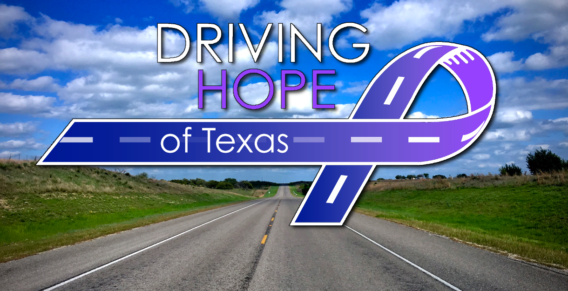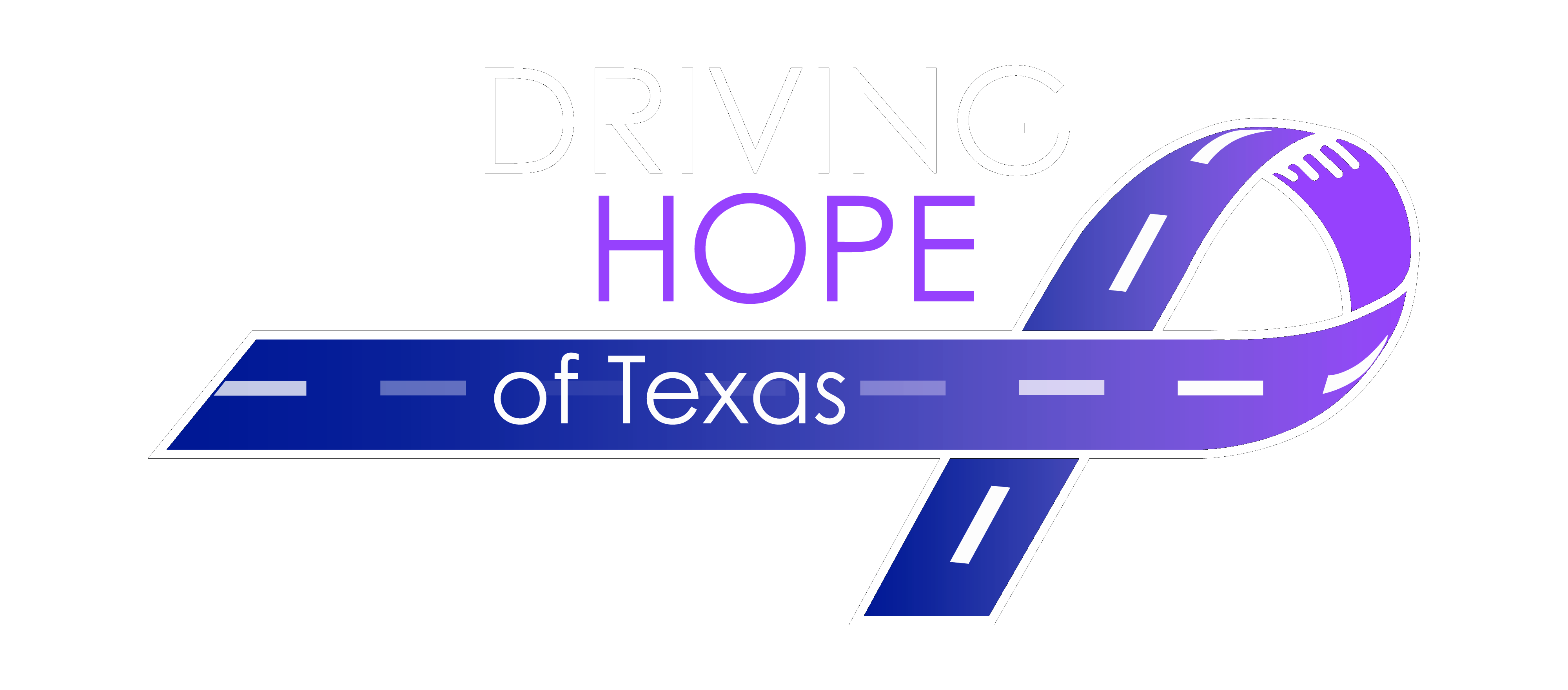FAQs
Frequently Asked Questions

About Driving Hope of Texas
- Is Driving Hope a registered 501(c)(3) not-for-profit organization?
- Yes. The tax-exempt letter of affirmation is on file and can be found by searching the IRS official database.
- How expensive is a ride?
- By conducting fundraisers and benefits, Driving Hope seeks to fund the van itself from sources other than rider income. This means that the cost for the patient and caregiver will be manageable.
- Find the current rate card here. Financial assistance may be available.
- Supporters are urged to sponsor trips by buying a voucher that can be claimed by riders. For example, a $25 voucher will provide a one-way, short-distance ride to or from any treatment center along the way. A $200 voucher will provide two round-trip medium distance rides. The donor will be able to designate it to a particular rider or offer it to just anyone who needs the ride. Personal notes of encouragement will make the coupon that much more valuable.
- Where will riders be picked up?
- Riders can be picked up at the curb (driveway) of their home.
- Driving Hope drivers are certified by the Community Transportation Association of America for Passenger Assistance, Safety, and Sentitivity (PASS).
- By policy, drivers are not allowed inside the home.
- Upon arrival at the medical center, we assume that further assistance in getting to the treatment location will be provided by the center (including wheelchairs).
- We assume that a round trip (when scheduled) will mean the patient is picked up in the same location they were left.
- Are other passengers allowed?
- Driving Hope of Texas highly encourages one caregiver to ride along, but they have to have a ticket. No non-patient children or non-certified comfort animals are allowed on board.
- How will a rider get a reservation?
- A reservation is necessary. It is best to book a ride by phone: 800-674-3489.
- Does the van have a wheelchair lift?
- This feature is not a requirement for a transportation service like Driving Hope. The first van will only accept ambulatory (walking) patients healthy enough to get in and out without too much difficulty.
- The trade-off is that the seats in the van will provide a much better long-distance ride experience for the patient.
- Some smaller wheelchairs may be placed in the rear luggage compartment by hand.
- Are your drivers all volunteers?
- All our drivers will be paid professionals, though most will be just part-time and on-call. They will earn a small stipend for their services.
- Driving Hope will add drivers as the service grows, but the service will maintain a high standard when it comes to background and driving records.
- All drivers must pass the Passenger Assistance Safety and Sensitivity (PASS) certification offered by the Community Transportation Association of America.
- You may tip your driver.
- How can I get involved?
- Driving Hope of Texas is governed by a Board of Directors.
- There is a class of membership called the Advisory Board, which is made up of supporters who have legal, financial, or medical expertise.
- Finally, there are general supporters and volunteers called Members.
- Anyone can become a member by subscribing here.
- Alternatively, write info@drivinghopetexas.org or send mail to PO Box 935 Salado, 76571. Call 800-674-3489 (DHTX).
Facts About Medical Appointments and Transportation
- How severe and widespread is the problem of transportation?
- “Transportation to treatment facilities continues to be one of the biggest roadblocks our patients face. . . . This is incredibly problematic because when patients cannot physically get to the hospital, they miss appointments, delay their care, and occasionally will forgo their prescribed treatment altogether.” — Erin Singleton, Chief of Mission Delivery at the Patient Advocate Foundation (PAF, emphasis added).
- “In 2015, approximately 15% of patients cited they experienced transportation-related barriers to care issues. . . with difficulty increasing the further away the treating facility was from their home. Patients experiencing transportation concerns reported traveling nearly 30 miles farther one-way than those who did not have transportation issues.” — Erin Singleton, Chief of Mission Delivery at the Patient Advocate Foundation (PAF, emphasis added).
- “State-of-the art cancer treatments are not available across all segments of the population. Consequently, disparities in cancer treatment and outcomes persist for medically underserved populations such as racial and ethnic minority groups, the uninsured or underinsured, rural populations, and the elderly.” — American Cancer Society (emphasis added).
- Who else provides transportation? Why not just call an Uber?
- Most ride service operations are urban and local. Patients living in rural areas or small towns have fewer good choices.Driving Hope of Texas seeks to fill the gap by providing medium and long-distance transportation.
- There are very few such ride services that are suitable for non-emergency medical transportation, especially when riders are not provided a controlled environment as needed by cancer or dyalisis patients who are undergoing treatment.
- Can a patient get financial assistance to help pay for their transportation?
- Some insurance policies will reimburse patients for transportation to obtain the required treatments.
- Patients over 60 years can apply for assistance through the Central Texas Area Agency on Aging.
